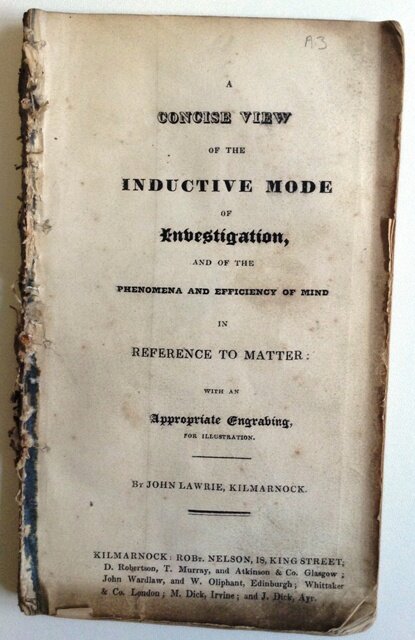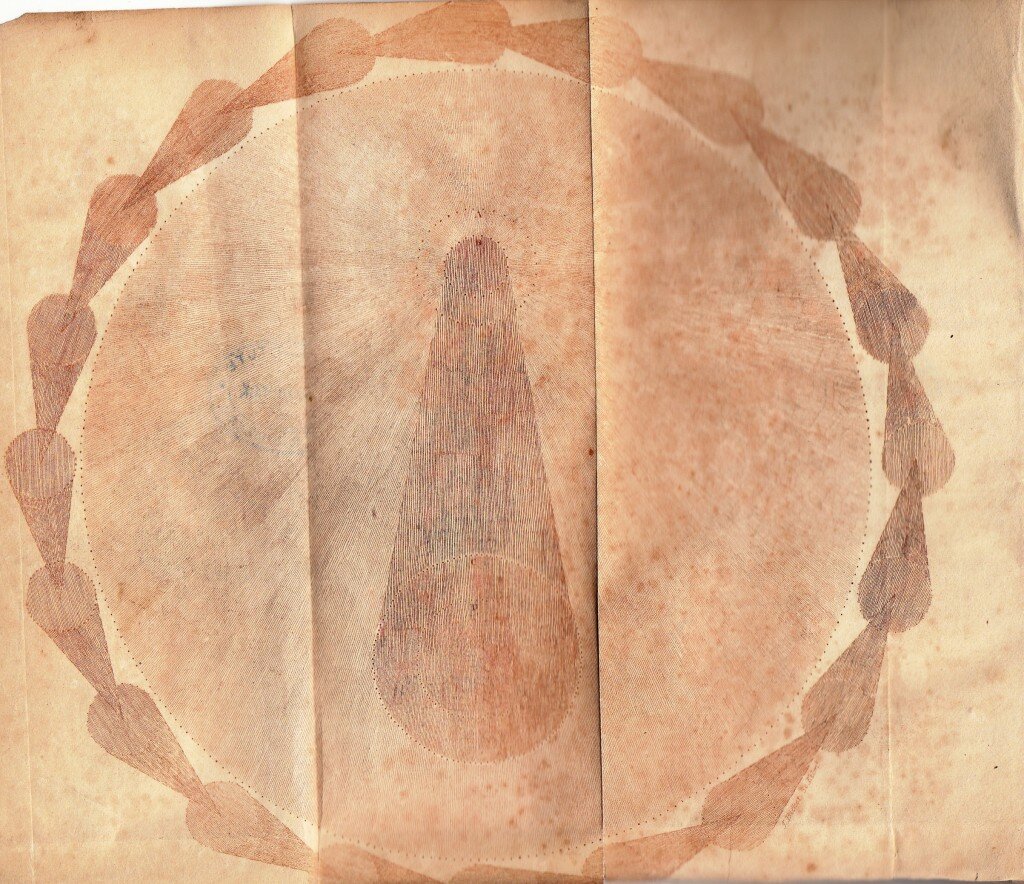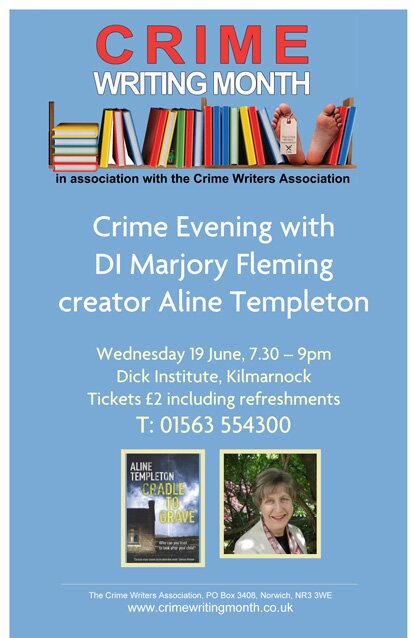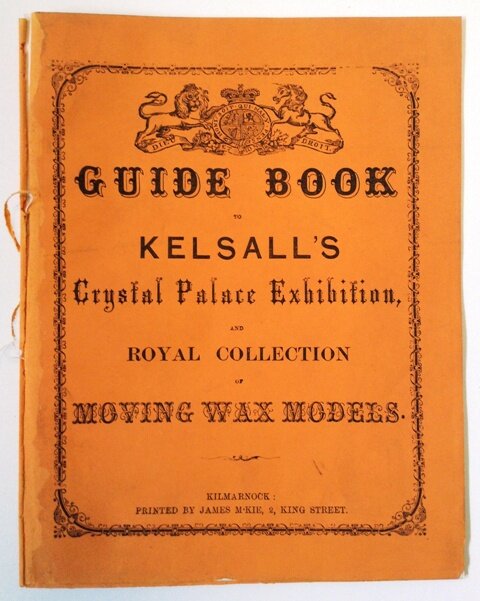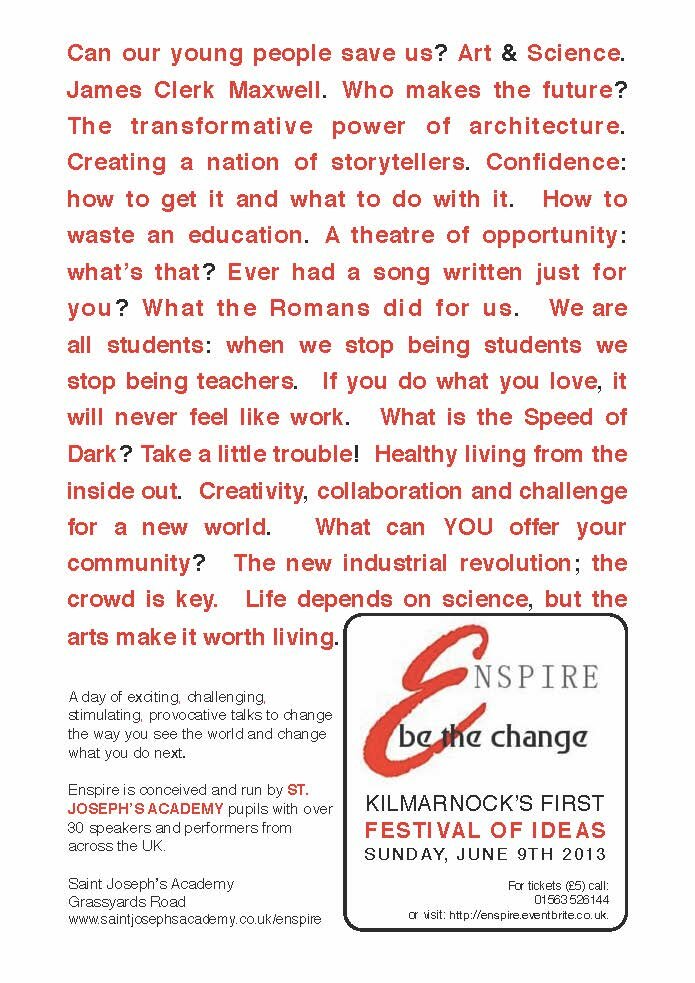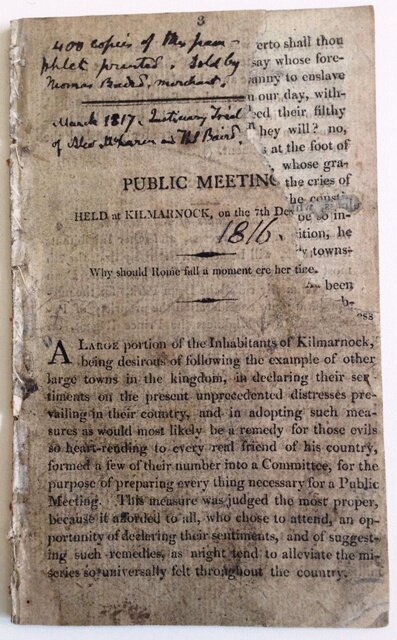Local sporting events of the past provide a rich seam of information about how the people of East Ayrshire enjoyed their leisure time. Thankfully lots of books, pamphlets, articles, songs and poems have been written about the area’s sports. Details of clubs and competitions in football, rugby, curling, bowling, cricket, the steeplechase, and many more, are contained in our collections.
The notice below for Kilmarnock Cricket Club’s Grand Promenade and Amateur Athletics Sports day on Saturday 21st April, 1877, shows the kind of events that local clubs organised for the public to enjoy, often with involvement of the Town Council.

The report of the event, in the Kilmarnock Standard the following Saturday, states that the weather was poor and the ground soft, but up to 1400 people attended to see the races. One gentleman won 5 first prizes, but “the shoes in which he competed are said not to be in accordance with the rules, and [...] the committee feel themselves constrained to refer the matter for the opinion of the editor of Bell’s Life.” Clearly a serious matter – Bell’s Life was the leading sports newspaper of Victorian Britain.
The Standard article also lists the prize-winners. Prizes included cups, flasks, a silver inkstand, cigar case, a knife, a pipe, and for the winner of the Dribbling Race, an umbrella. The best prize appears to have gone to the winner of the Sack Race – a writing desk!
